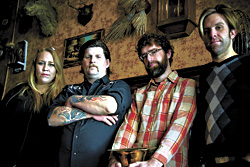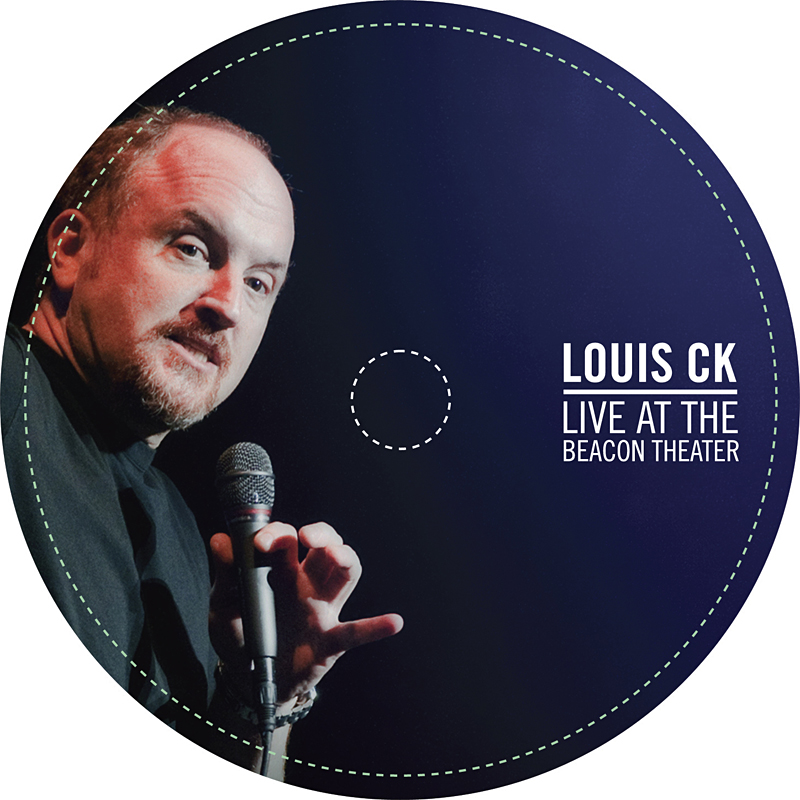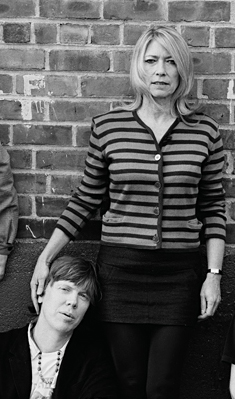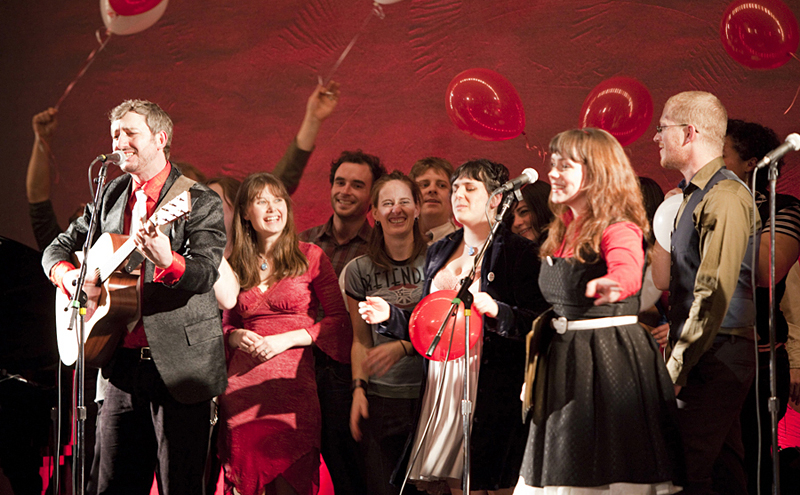It is often repeated that with a single, gloomy guitar chord, Earth’s Dylan Carlson changed underground metal forever. In my mind, the song containing it is called “Ourobrosis Is Broken,” and the fact that it’s never listed alongside the Sonics’ “Psycho” and Mudhoney’s “Touch Me I’m Sick” in any “greatest Northwest songs of all time” list is criminal.
What started as a bizarre concept to take Black Sabbath chords, tear them down, and not put them back together birthed a niche, doom drone, composed mostly of Carlson acolytes like Sunn O))), Sleep, Om, and Boris, each of whom has acknowledged Carlson as the one who found the missing link between drone pioneer LaMonte Young and Sabbath guitarist Tony Iommi (even though no one was really looking for that link).
The early ’90s Earth albums, Extra-Capsular Extraction, Earth 2, and Phase 3: Thrones and Dominions, are considered to be a holy trinity of sorts for ambient-metal fans. But the aforementioned disciples emerged while Carlson was in hiding, so to speak. As has been documented ad nauseam, Carlson spent the years between 1996 and 2002 flip-flopping between heroin addiction and rehab, but mostly the former.
When he re-emerged, clean and sober, Carlson was greeted with praise from those he had inspired. A lesser musician might have tried being darker and louder than his successors, but Carlson instead got quieter and more reflective. Earth’s 2005 “comeback,” Hex: Or Printing in the Infernal Method, was unmistakably a western album; it sounded like it could be the soundtrack to Cormac McCarthy’s Blood Meridian. While still rooted in drone, it resonated with Duane Eddy twang and ghost town atmospherics, worlds beyond the body-buzzing wall of metal Sunn O))) were erecting onstage.
Though honored by the adoration, Carlson didn’t seem interested in reclaiming his former glory. Following Sunn O))) at Neumo’s in 2005, he wheeled out only a tiny amplifier, which was impish compared to the towering stacks Sunn O))) employed. Carlson, along with drummer Adrienne Davies and bassist Don McGreevy, were patient with their songs, like molasses drillers. The room slowly filled with organic sounds that seemed to waft up and out from the stage. It was a perfect contrast to the pound-you-in-the-chest thunder of Sunn O))).
The Bees Made Honey in the Lion’s Skull takes this aesthetic to the next level. Indeed, it is the most melodic, clear-headed record in the Earth catalog. Whereas Hex had maintained a doomy, apocalyptic aura, Bees seems to spend its time staring at the sky. Carlson said his intent with Bees was to make a gospel-style record. The result is a wash of primary-colored guitar and organ tones. The seven songs are seamless; one melody from “Omens and Portents 1: The Driver” morphs into all the others so that, like good jazz, what sticks in your head are not whole songs but moments. But “Miami Morning Coming Down II (Shine)” is certainly the most structured and melody-and-rhythm-driven number in the Earth catalog, containing traces of Ennio Morricone and Johnny Cash. More than Hex, even, that number will confound the devoted Earth listener. But regardless of how broadened Carlson’s color palette has become, drummer Davies and organist Steve Moore keep things anchored, essentially slowing the album’s heartbeat to a near-still, as if keeping time with the natural world.
Bees’ album cover speaks volumes about the band’s past and future. It’s an illustration by N.Y.C.-based artist Arik Moonhawk Roper depicting, quite literally, the album title: bees making honey in a lion’s skull. It’s not as gross as it sounds. Previously, it probably would have been rendered in smears of gray decay. Instead, it’s a lush, colorful portrayal of the organic life cycle of things. One thing dies so another may thrive.









